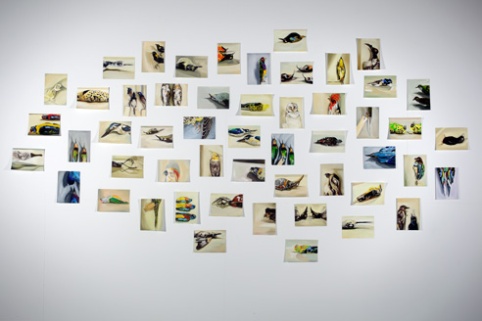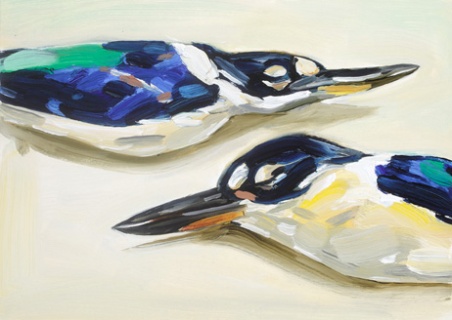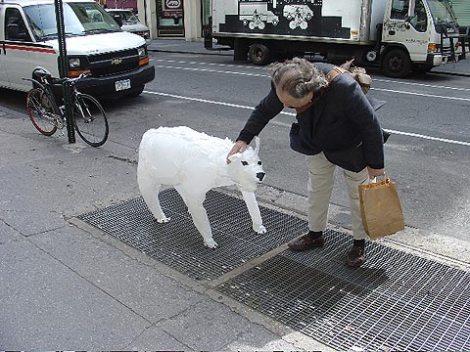The work of Janet Laurence, an Australian site-specific artist, aims to create spaces which cause viewers to contemplate their relationship to the plant life that we are surrounded by. Her work deals with the way in which human activities such as deforestation and soil degradation are destroying landscapes and disconnecting us from the natural environment.
As she described in an interview in Felicity Fenner in Art and Australia magazine in 2010: “The future of many plants is in danger, yet they are central to the earth and existence of all animal life. We are dependent on them for everything from the air we breathe to the food we eat. Plants are organic, not static, objects… Working with living plants you become very aware of their being, their needs and internal processes.” (Janet Laurence, quoted in Art and Australia, Spring 2010, p.64)
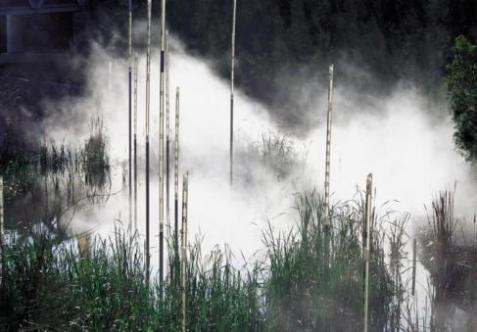
In the Shadow, 2000, Sydney, http://www.janetlaurence.com/in-the-shadow/
Janet Laurence uses her artistic practice to draw attention to environmental issues such as climate change and its effect on the plant life that we all depend upon. Laurence’s work highlights both the fragility and the importance of plant life and aims to generate a new respect for the flora that helps to sustain our existence.
Her site-specific piece, In the Shadow, aimed to repair the natural vegetation in Sydney’s Olympic Park in Homebush bay. As well as extensive planting of native plant species, this piece included the installment of twenty-one vertical wands which monitored the chemistry of the river water. By encouraging the growth of native plants in a suburban area of Sydney, In the Shadow, “oxygenates an otherwise quite sterile precinct.”(Felicity Fenner, Art & Australia, p.64)
Laurence believes that “art can bring into public view some confronting environmental issues that without the imprimatur of it being a creative work wouldn’t ordinarily be presented, because so often scientific information is not permitted public access. So, as an artist, the Olympic Park commission was a major opportunity for me – not just to install a work, but to heal an environment.” (Janet Laurence, quoted in Art and Australia, Spring 2010, p.64)
As well as drawing attention to the environmental issues she is engaging with, Laurence’s work is a type of direct action. She uses art as a means to take action to preserve organic landscapes. Part of Laurence’s work includes revitalising plants that are damaged or suffering, such as in Waiting – A Medicinal Garden for Ailing Plants, which was exhibited at the 2010 Sydney Biennale.
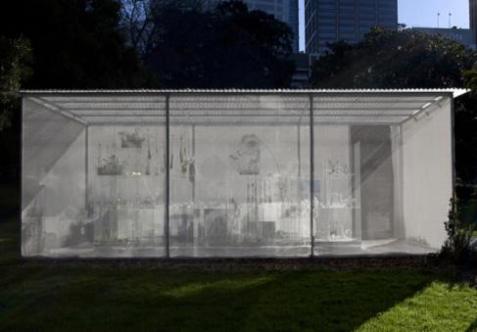
Waiting – A Medicinal Garden for Ailing Plants, 2010 Sydney Biennale, http://www.janetlaurence.com/waiting-a-medicinal-garden-for-ailing-plants/
This work consisted of a mesh structure containing numerous plant species which were wrapped in soft netting and connected through tubes containing fluids to aid in their regeneration. It was intended to function as a plant hospital – a place not only for viewers to contemplate the effect human activity has on the natural environment, but also a place where unhealthy plants could heal and florish. While this small space worked to physically rejuvenate plant life, the work as a whole symbolises the plight of many endangered plant species in this time of increasing environmental degradation.
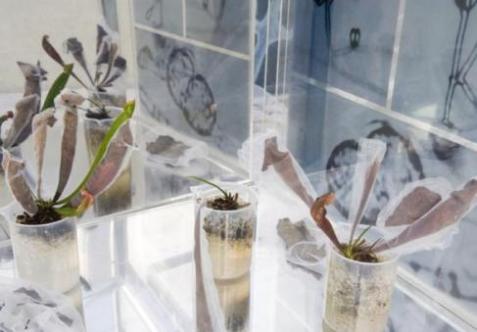
Waiting – A Medicinal Garden for Ailing Plants (detail), http://www.janetlaurence.com/waiting-a-medicinal-garden-for-ailing-plants/
“I try to create a space somewhere between evidence and imagination. While my practice is based on deeply held convictions about the environment and our relationship to it – and I want the work to have a politically environmental voice – I think it’s important that viewers make their own journey and experience it as a space of reflection and interpretation.” (Laurence, Art and Australia, p.67)
Here, Laurence defines the place of her work on the spectrum of art and activism. Her work has a strong environmentalist message, but her approach to this is one which encourages viewers to interpret her meaning in their own time. Laurence sees this process of understanding and comprehending the meaning of her work as being a strategy for engaging viewers more deeply in environmental issues than an information-based activist campaign, as, she believes that “art, if it engages, can linger in the mind the way that pure information can’t.” (Laurence, Art and Australia, p.67)
Michelle Gearon






















